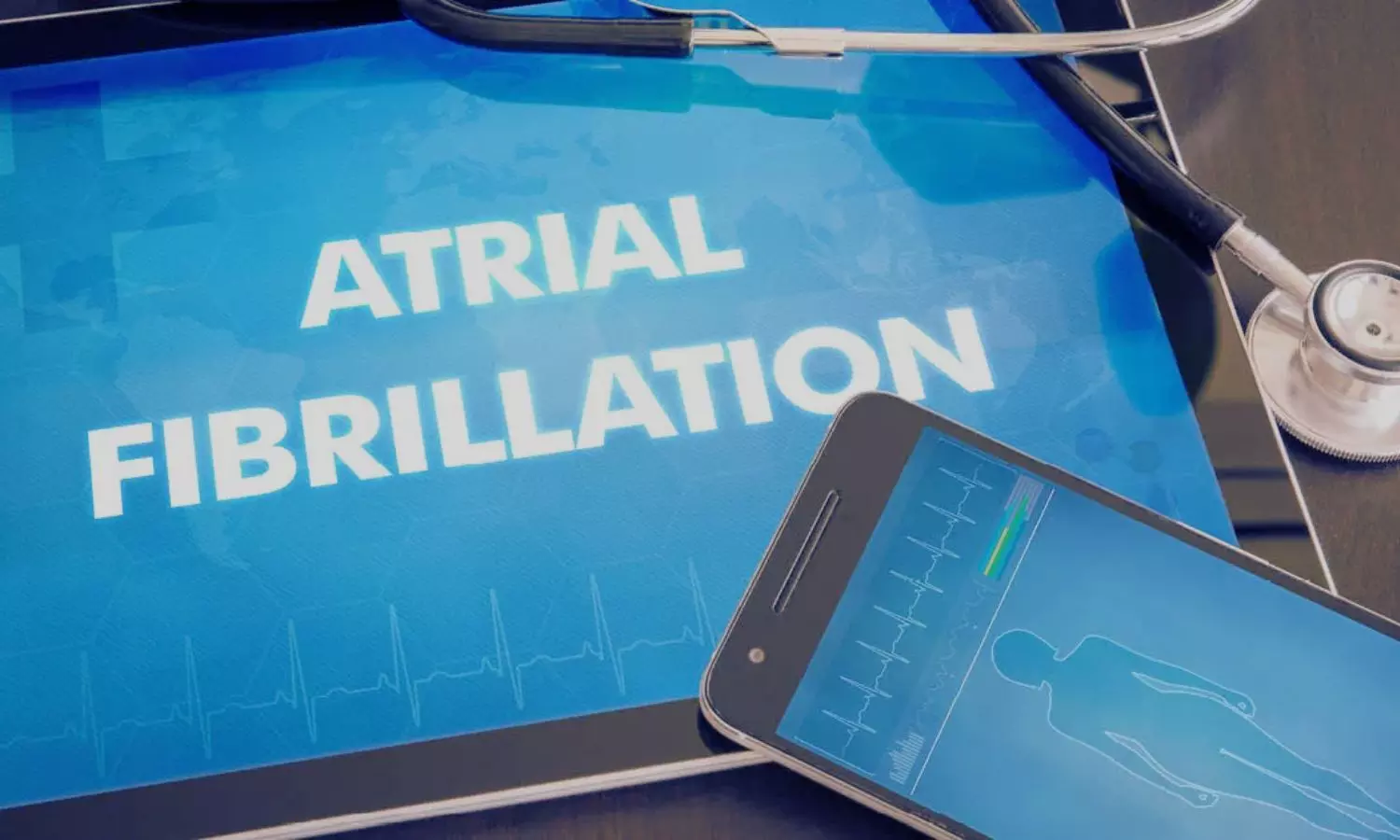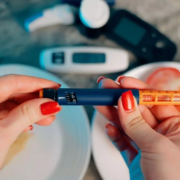
USA: In a groundbreaking development, obstetricians and gynecologists (Ob.Gyns) are emerging as pivotal players in the battle against obesity. Traditionally known for their focus on women’s reproductive health, these medical professionals are now stepping into the realm of weight management by incorporating anti-obesity medications into their practice. This innovative approach represents a significant shift in the medical community’s efforts to combat the obesity epidemic, offering new hope to millions of individuals struggling with excess weight.
An estimated 40% in the United States are obese, and women are likely to be receptive toward weight management help from their ob.gyns, given the potential challenges of losing pregnancy weight postpartum or staving off the weight gain associated with menopause. A whole new armamentarium of anti-obesity medications has become available in the past decade, providing patients and physicians with more treatment options.
Ob.gyns. are therefore well-poised to offer treatment and counseling for obesity management for their patients, Johanna G. Finkle, MD, clinical assistant professor of obstetrics and gynecology at the University of Kansas Health System, told attendees at the annual clinical and scientific meeting of the American College of Obstetricians and Gynecologists.
Physical activity, healthy nutrition, and behavioral modification remain key pillars of weight management, but interventions such as medications or surgery or medications are also important tools, said Dr. Finkle.
“One size does not fit all in terms of treatment,” Dr. Finkle said. ”When I talk to a patient, I think about other medical complications that I can treat with these medications.”
Women for whom anti-obesity medications may be indicated are those with a body mass index (BMI) of 30 or greater, and those with a BMI of at least 27 along with at least one obesity-related comorbidity, such as high cholesterol, hypertension, sleep apnea, or diabetes. The goal of treating obesity with medication is at least a 5%-10% reduction in body weight.
Dr. Finkle reviewed three basic categories of anti-obesity medications: Food and Drug Administration–approved long-term and short-term medications and then off-label drugs that can also aid in healthy weight loss. Short-term options include diethylpropion, phentermine, benzphetamine, and phendimetrazine. Long-term options include phentermine/topiramate ER, orlistat, naltrexone HCl/bupropion HCl ER, and the three GLP-1 receptor agonist drugs, semaglutide, liraglutide, and tirzepatide.
Short-term medications are stimulants that increase satiety, but adverse effects can include hypertension, tachycardia, insomnia, constipation, dry mouth, and diarrhea.
For anyone with hyperthyroidism, uncontrolled hypertension, MAOI use, cardiovascular disease, glaucoma, or a history of substance use, these medications are contraindicated. The goal is a 5% weight loss in 3 months, and 3 months is the maximum prescribing term.
Dr. Finkle, then, reviewed the contraindications and side effects of the oral long-term medications. Orlistat, which can aid in up to 5% weight loss, can result in fecal incontinence and oily stools and is contraindicated for people with cholestasis or chronic malabsorption.
Phentermine/topiramate ER, which can aid in weight loss of up to 10%, can result in hypertension, constipation, or paresthesia and is contraindicated for those with hyperthyroidism, glaucoma, and kidney stones. After the initiating dose of 3.75 mg/23 mg, Dr. Finkle increases patients’ dose every 2 weeks, ”but if they’re not tolerating it, if they’re having significant side effects, or they’re losing weight, you do not increase the medication.”
Side effects of naltrexone HCl/bupropion HCl ER, which can lead to weight loss of 5%-6%, can include suicidal ideation, hypertension, and glaucoma, and it’s contraindicated in those taking opioids or with a history of anorexia or seizures.
Dr. Finkle discussed the newest but most effective medications, the GLP-1 agonists semaglutide, liraglutide, and tirzepatide. The main contraindications for these drugs are a personal or family history of medullary thyroid cancer, any hypersensitivity to this drug class, or multiple endocrine neoplasia type II syndrome.
The two main serious risks are pancreatitis — a 1% risk — and gallstones. Though Dr. Finkle included suicidal ideation as a potential risk of these drugs, the most recent evidence suggests no link between suicidal ideation and GLP-1 agonists. The most common side effects are vomiting, nausea, constipation, diarrhea, dyspepsia, and an increased heart rate, though these eventually resolve.
The mechanisms of all three drugs for obesity treatment are similar; they work to slow gastric emptying and curb central satiety, though they also have additional mechanisms with benefits for blood glucose levels and the heart and liver.
Finally, Dr. Finkle reviewed medications that can cause weight gain: medroxyprogesterone acetate for birth control; the antidepressants amitriptyline, paroxetine, venlafaxine, and trazodone; beta blockers for hypertension or migraine; the mood stabilizers gabapentin, lithium, valproate, and carbamazepine; and diphenhydramine and zolpidem for sleep.






















